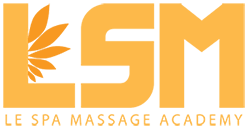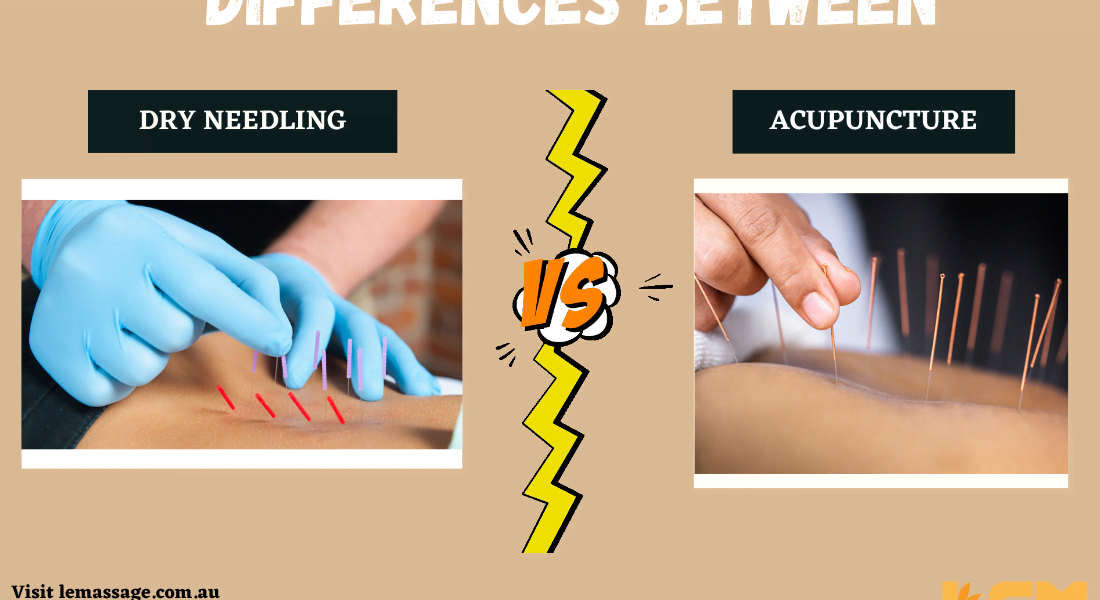- Amount of training required to administer each of these forms of treatment.
In Australia, it takes an acupuncture practitioner 4 years to be qualified to perform treatments, whereas for manual therapists such as a remedial massage therapist it takes around 80 hours to be able to perform dry needling.
- Theory behind these practices
- Acupuncture is based on the channel theory which involves placing needles into specific areas of the body associated with energy pathways (aka meridian lines) that link to internal organs, altering Qi (energy flow) to create balance in the body.
- Dry needling is an evidence-based technique following anatomical and neurophysiological guidelines.
- History of these treatments
- Acupuncture is a well-regulated procedure that has been around for more than 3000 years.
- Dry Needling has been introduced to general use in the early 1950’s by Janet Travell.
- Practitioners allowed to practice these treatments
- Dry Needling is a treatment option may be used by Myotherapists, remedial therapists, physiotherapists, osteopaths, chiropractors.
- Acupuncture can only be performed by a registered acupuncturist.
- What the treatments are used for
- Acupuncture is more of a full- body experience meant to improve your energy’s flow. It’s often used to provide effective short-term pain treatment in the back, neck, shoulders and knees. While there is no doubt acupuncture is effective for the treatment of pain, practitioners often claim other benefits such as treatment of nausea, vomiting, cramps, allergies and chemical dependencies.
- Dry needling deactivates myofascial trigger points, which reduces myofascial tension and increasing muscular function

